Citroën India attempt a fusion of the best bits of the cars we want and the ones we need.
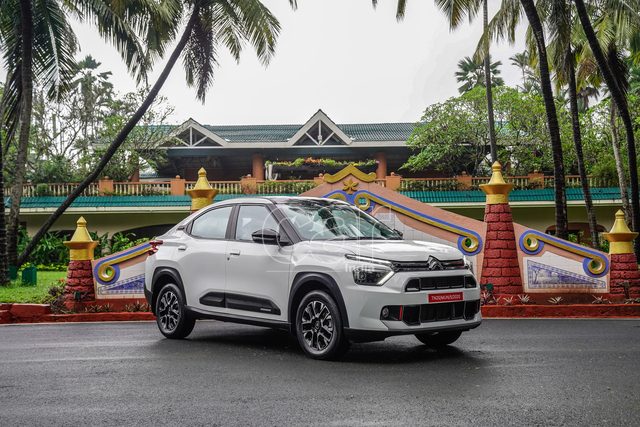
Story: Joshua Varghese
Photography: Sanjay Raikar
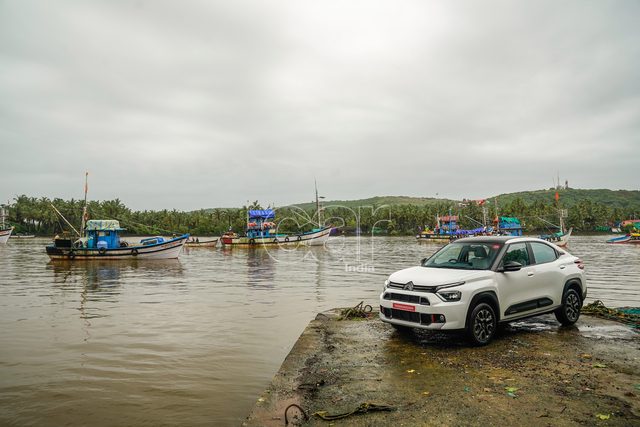
Following the launch of the C3 and C5 range, we were expecting to see a C2 or even a C4. Citroën India’s latest offering is not named after the plastic explosive. It does not even have a “C” in the name, but it does promise to be interesting enough to cause a stir in the four-metre-plus sport utility vehicle (SUV) segment. Incidentally, the Citroën Basalt was our first experience with an SUV coupé that does not cost more than Rs 20 lakh (hopefully) and we spent some time behind its wheel on a rainy day in Goa.


When viewed head-on, there is not much to set the Basalt apart from the other Citroën cars that are based on the C-cubed platform and that holds true if one were to follow the shoulder-lines of the car until the B-pillar. After that, things get interesting because its SUV form flows down gently into the rear glass before ending in an unmistakable tail-end. It is a design that promises to polarise opinion, so we will leave you to form your own judgement, but it is worth noting that photos do not do justice to the actual stance and proportions of the Basalt. Personally, I felt that the 17-inch four-spoke wheels from the C3 Aircross would have added more to the Basalt’s road presence than the 16-inch units with which it comes equipped. When we drove the C3 Aircross a year ago, it did not have projector headlights, whereas they are present in the Basalt and the latest C3 range. Good to see Citroën India listening to their customers and addressing their needs.

Basalt’s cabin with its large windows is a nice place to be because its layout is simple, uncluttered, and airy. Visibility is great too. Since it does not slope downwards much, the ends of the bonnet are easily visible, which adds to the convenience while driving. The driving position is comfortable and the seats are cosy and supportive; they make one feel that the Basalt is capable of pulling off long drives without much fatigue for the driver. We wholly support their decision to have a touchscreen for infotainment and buttons for other key features of convenience such as air-conditioning. The overall quality level in the cabin is good and it appears ergonomically sound. That said, softer plastics could have easily elevated the experience.
One of the things we did not appreciate in the first-gen C3 Aircross was the inconvenient position of the switches for the rear windows. In the Basalt and the new C3 range, the switches are now placed at the doors, which is a huge relief. They have also provided rear a-c vents, automatic climate control, and folding mirrors. However, we feel they should have also offered a one-touch up function for at least the driver’s window. This was also a good opportunity to provide keyless ignition but we have to make do with the switch-blade type key for now.
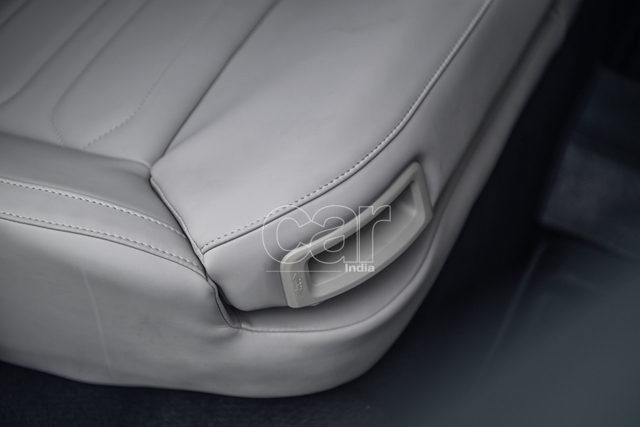
Despite being an SUV coupé, there was a considerable amount of room in both rows of seats for my six-foot-one-inch frame. One feature that struck us as clever was the thigh support adjustment in the second row. It offers three levels of modification and provides near-perfect under-thigh support that was previously unheard of in this segment. However, the absence of this feature in the top-end manual model is surprising.

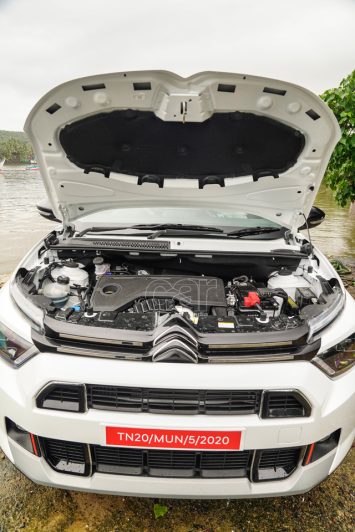
Although it was difficult to understand why anyone would want an SUV coupé, opening the boot made things a bit clearer. It is hinged like a notchback and offers as much as 470 litres of space, which is 37 litres more voluminous than a popular SUV more than four metres long. While an electrically operated boot-lid was not expected in this segment, we feel customers would have appreciated having at least a handle on the boot-lid to swing it shut. In its current state, it may pose a challenge for anyone less than five feet nine inches tall.
Under the bonnet, the Basalt has a 1.2-litre three-cylinder petrol unit but one can choose between natural aspiration and turbocharging. The nat-asp is available only with a five-speed manual transmission while the turbo gets the option of a six-speed manual or a six-speed torque converter. Our drive experience was limited to the automatic and manual transmissions paired to the turbocharged engine.
While the engine is fairly audible from the outside, once the doors are shut, there is hardly any sound inside the car that betrays its three-cylinder configuration. Even when the car is in motion, only the faintest engine and road noise penetrates into the cabin, highlighting the remarkable level of sound insulation Citroën have achieved.
With 110 hp and 190 Nm of peak torque (205 Nm for the automatic), the Basalt is not lacking in power but it does not pretend to be a sporty offering either. We particularly appreciate the way it responds to throttle input and the manner in which it delivers the power. It has a way of keeping the driver interested and its excellent levels of refinement do not give the passengers a reason to protest when the driver pursues a spirited exploration of the lengths of each gear. As fun as that was, we found ourselves using a lower gear only for the most urgent of overtakes.
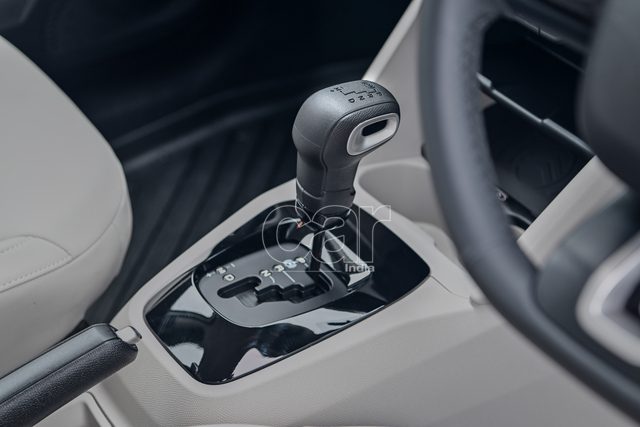
Otherwise, there is enough torque as early as 1,200 rpm for driving along Goa’s narrow roads in third or fourth gears. Having spent most of my time with the manual transmission, I must say its ratios are well spaced. Its flexibility allows the driver the option to choose from among fourth to sixth gears when cruising along an open road at close to 60 km/h. It is complemented by an undemanding clutch pedal. Even though we spent lesser time with it, we feel the automatic transmission suits the nature of the Basalt best. The torque converter’s shifts are smooth, as are the kick-downs when an overtake is necessary. At a steady 2,000 rpm, it allows the driver to enjoy a pace that is quick while also letting them know that there is more torque to be exploited should the need arise.
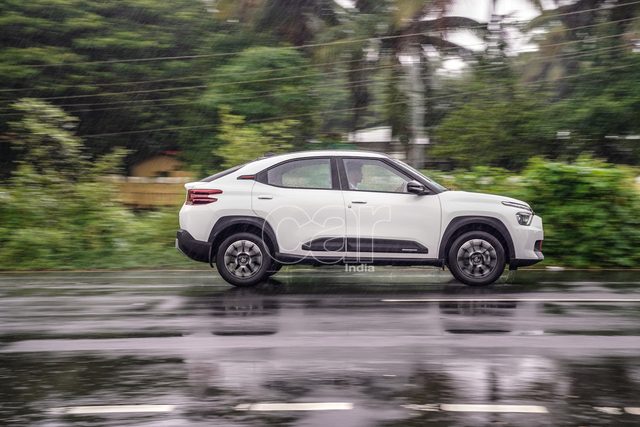
Different people may expect different things from a car but everyone wants good ride quality and the Basalt delivers superbly on that front. All of us brace ourselves for impact when a devious pothole seems impossible to avoid. In the Basalt, the inevitable “thud” feels a lot gentler than expected. That is good but what is better is that Citroën have not had to sacrifice composure at speed to achieve this effect. The steering felt effortless at low speeds and adequately communicative as the pace increased, which added to the joy of leading the Basalt around a corner. It is easy to have some good-natured fun in this car and it is similarly straightforward to maintain more than 100 km/h on the highway.
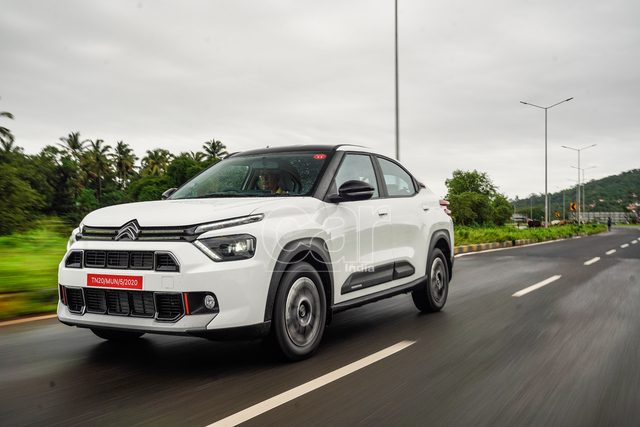
What Citroën have achieved with the Basalt is interesting because it is a car that allowed me to rediscover the joy of driving without being overly sporty or infused to the brim with technology. If priced close to the C3 Aircross seven-seater, or even lesser, we feel the Citroën Basalt has what it takes to be an interesting alternative to compact and even mid-size SUVs. It has a functional design, ample space, enough features, and, most importantly, the ability to retain interest when behind the steering wheel.
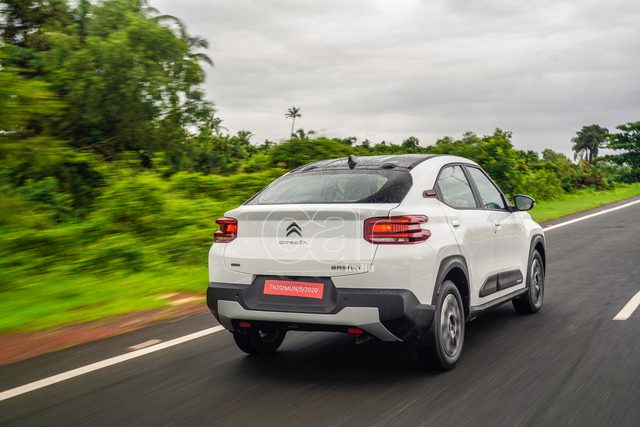
They have launched the Basalt with prices starting from Rs 7.99 lakh (ex-showroom, introductory), which makes it excellent value. This pricing is valid only till 31 October 2024.
Edit (17 August 2024):
1.2 NA You – Rs 7.99 lakh
1.2 NA Plus – Rs 9.99 lakh
1.2 Turbo Plus – Rs 11.49 lakh
1.2 Turbo AT Plus – Rs 12.79 lakh
1.2 Turbo Max – Rs 12.28 lakh
1.2 Turbo AT Max – Rs 13.62 lakh
The cars reviewed here are the 1.2 Turbo Max and the 1.2 Turbo AT Max
Watch the video review here:
Also Read: Citroen C3 Aircross Review
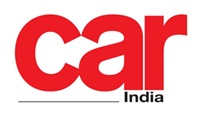



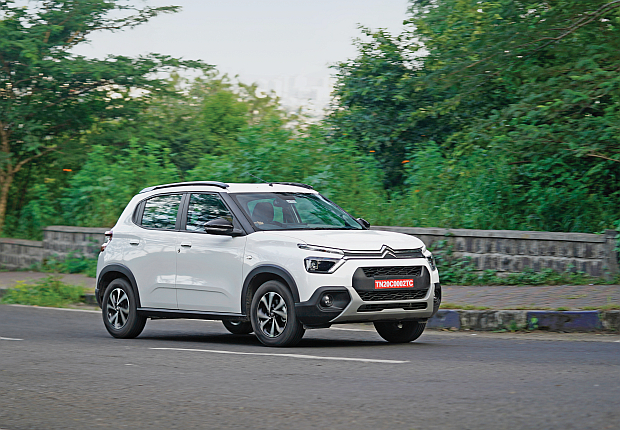


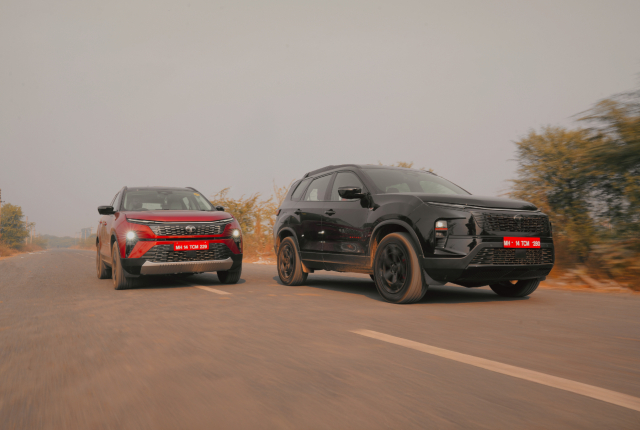
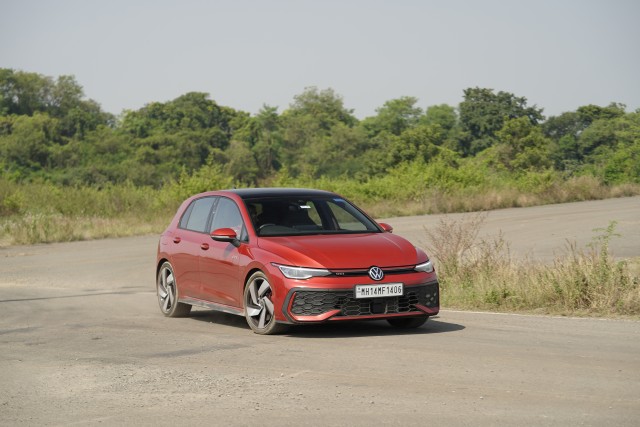


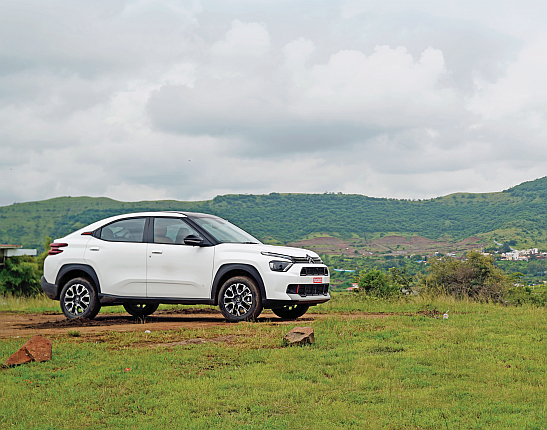
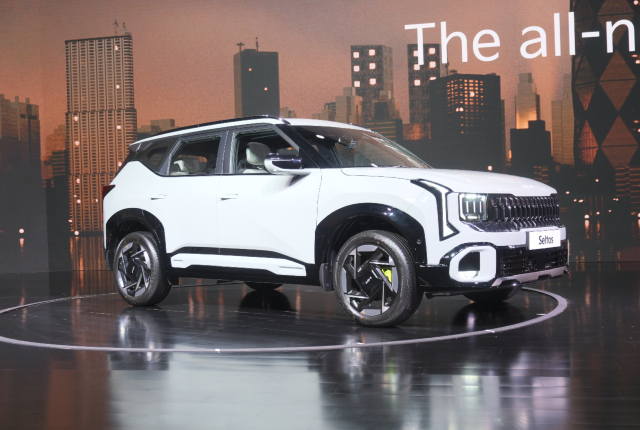
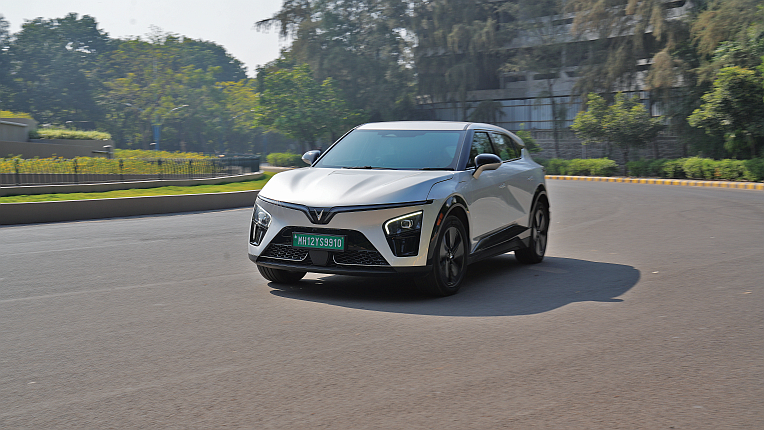

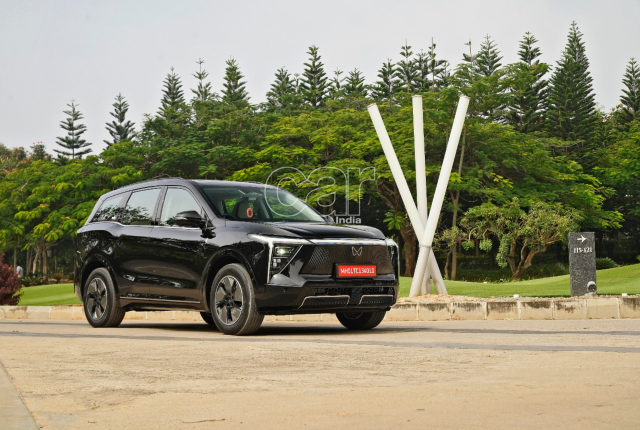
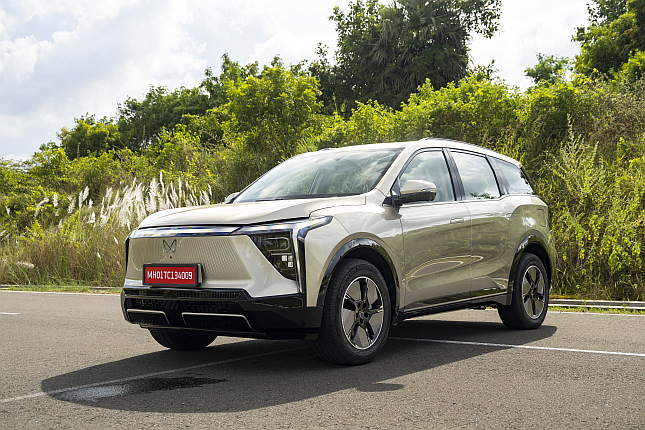
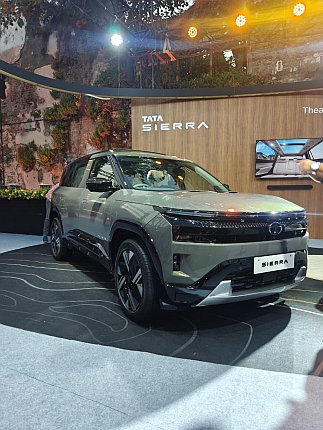
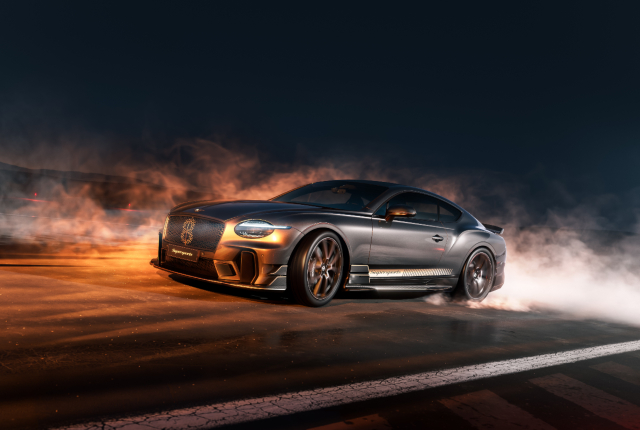
Leave a Reply